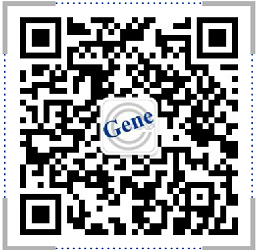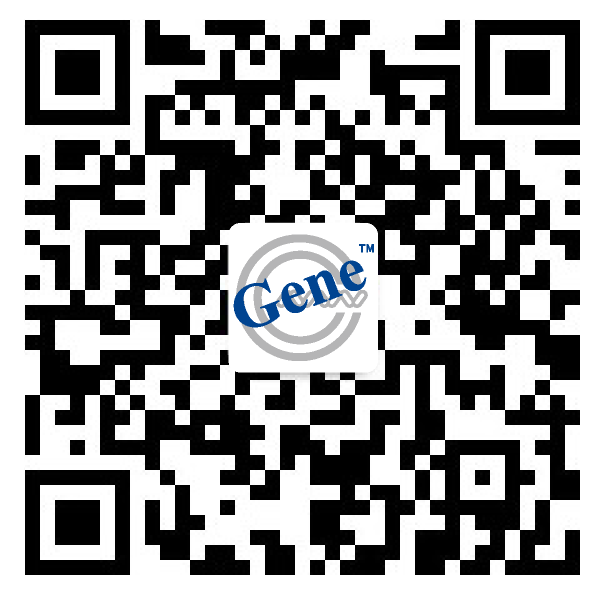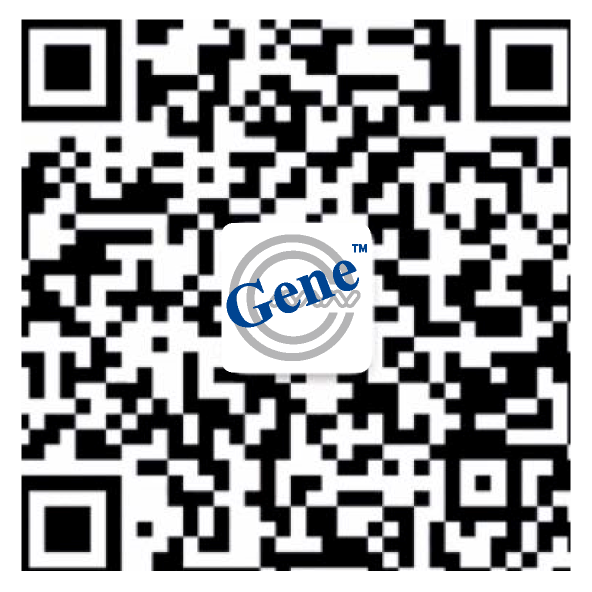info@genecompany.com|
基因快讯|


产品中心
细胞生物学
病理及细胞遗传
单细胞原位空间转录组
固相合成仪
免疫学
细胞生物学
分子生物学
实验室常规
技术交流

扫描二维码
或添加“GeneGroup003”
获取更多更新资讯
商城订购

扫描二维码
或添加“基因商城(GeneMart)”
手机下单,快人一步
售后服务

扫描二维码
或添加“GeneGroup005”
获取更快速售后支持
人Th1/Th2表型分型试剂盒(IFN-γ FITC/IL-4 PE/CD4 PerCP)
Human Th1/Th2 Phenotyping Kit(IFN-γ FITC/IL-4 PE/CD4 PerCP)

| DESCRIPTION | DESCRIPTION: |
| STORAGE | STORAGE: |
| Materials Provided | Materials Provided: |
| Related Protocol | Related Protocol: |
| 货号 | 产品名称 | 单位 | 购买 |
|---|
| 货号 | 名称 | 单位 | 购买 |
|---|---|---|---|
| FHT002KI-G025 | 人Th1/Th2表型分型试剂盒(IFN-γ FITC/IL-4 PE/CD4 PerCP) | 25 Tests | 商城订购 |
| FHT002KI-G050 | 人Th1/Th2表型分型试剂盒(IFN-γ FITC/IL-4 PE/CD4 PerCP) | 50 Tests | 商城订购 |
| FHT002KI-G100 | 人Th1/Th2表型分型试剂盒(IFN-γ FITC/IL-4 PE/CD4 PerCP) | 100 Tests | 商城订购 |